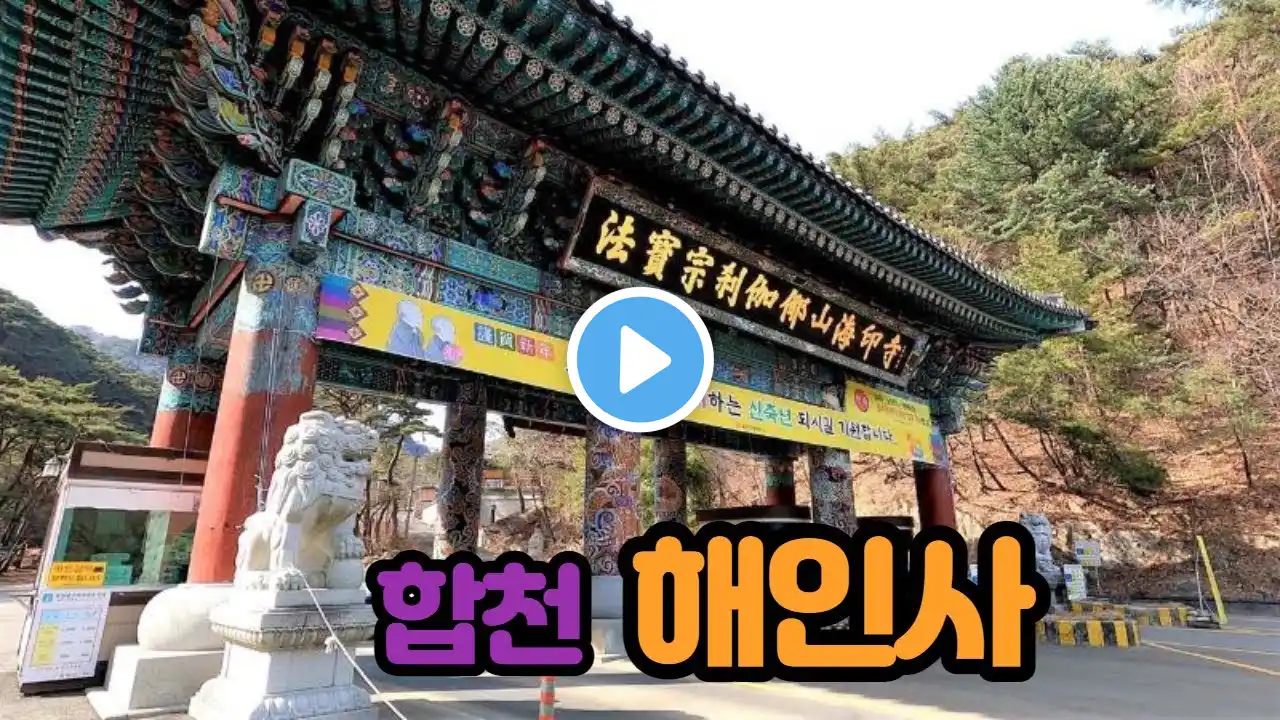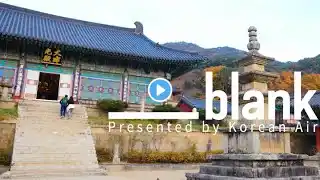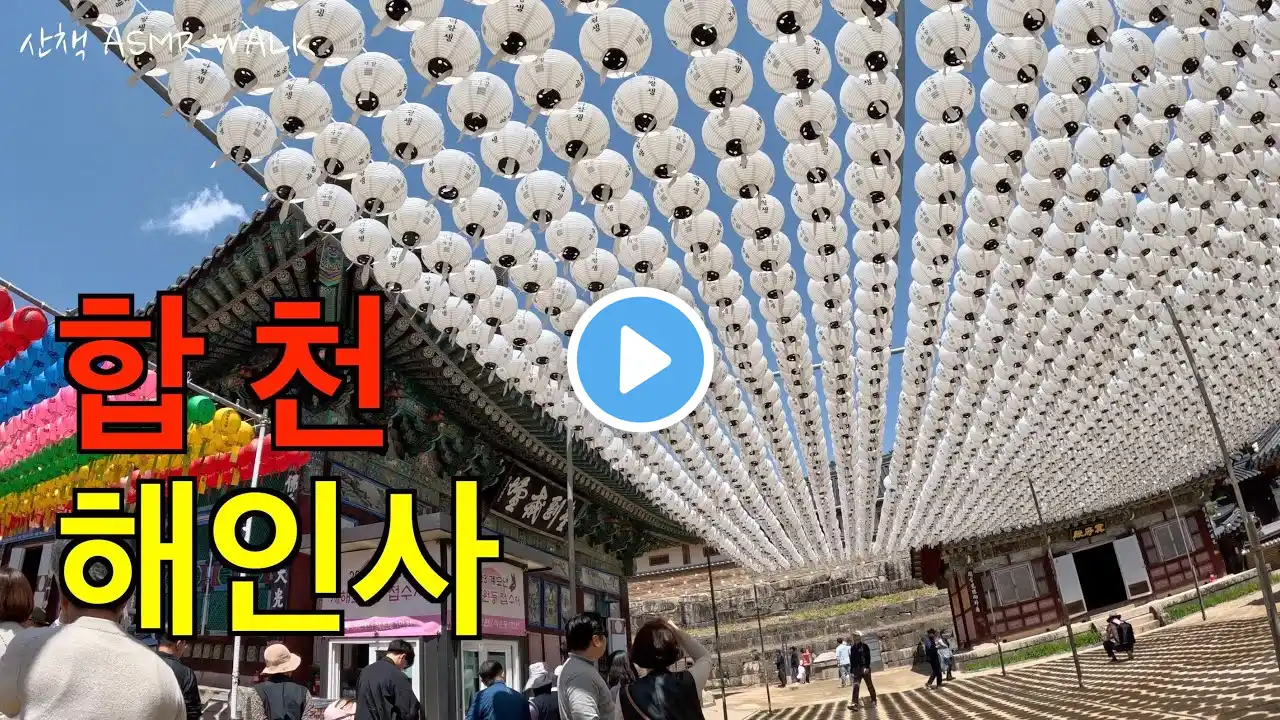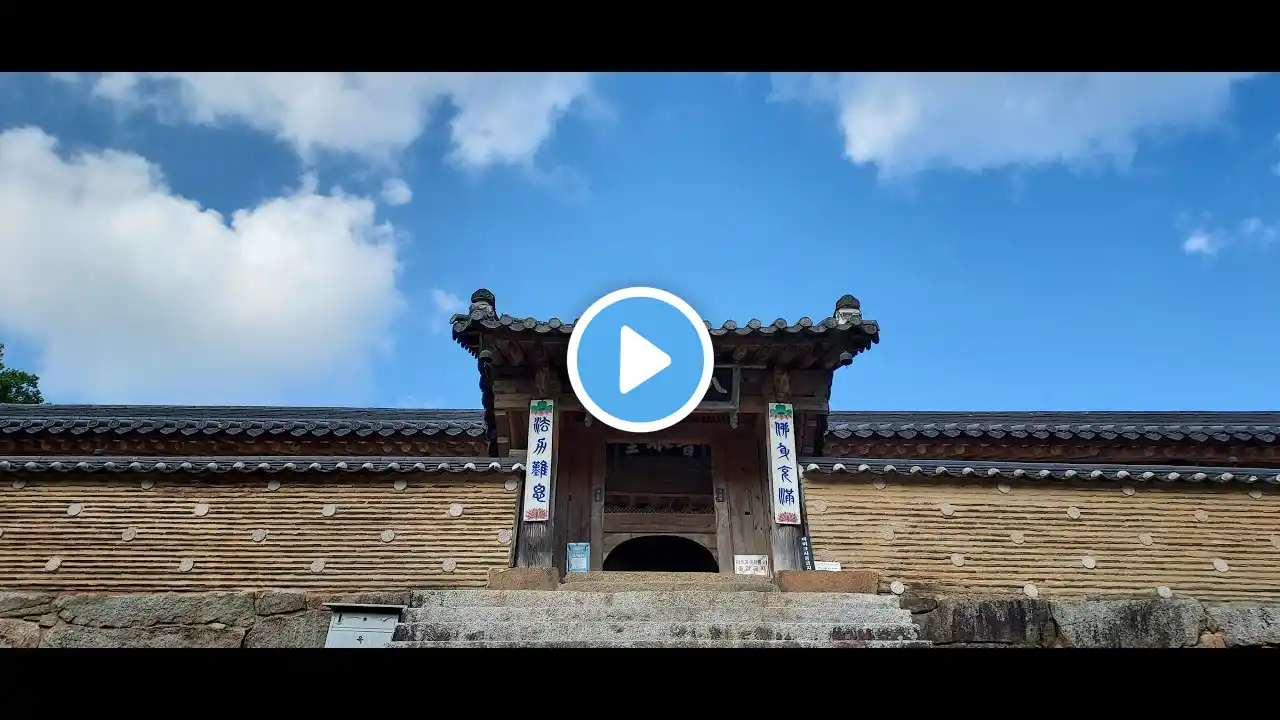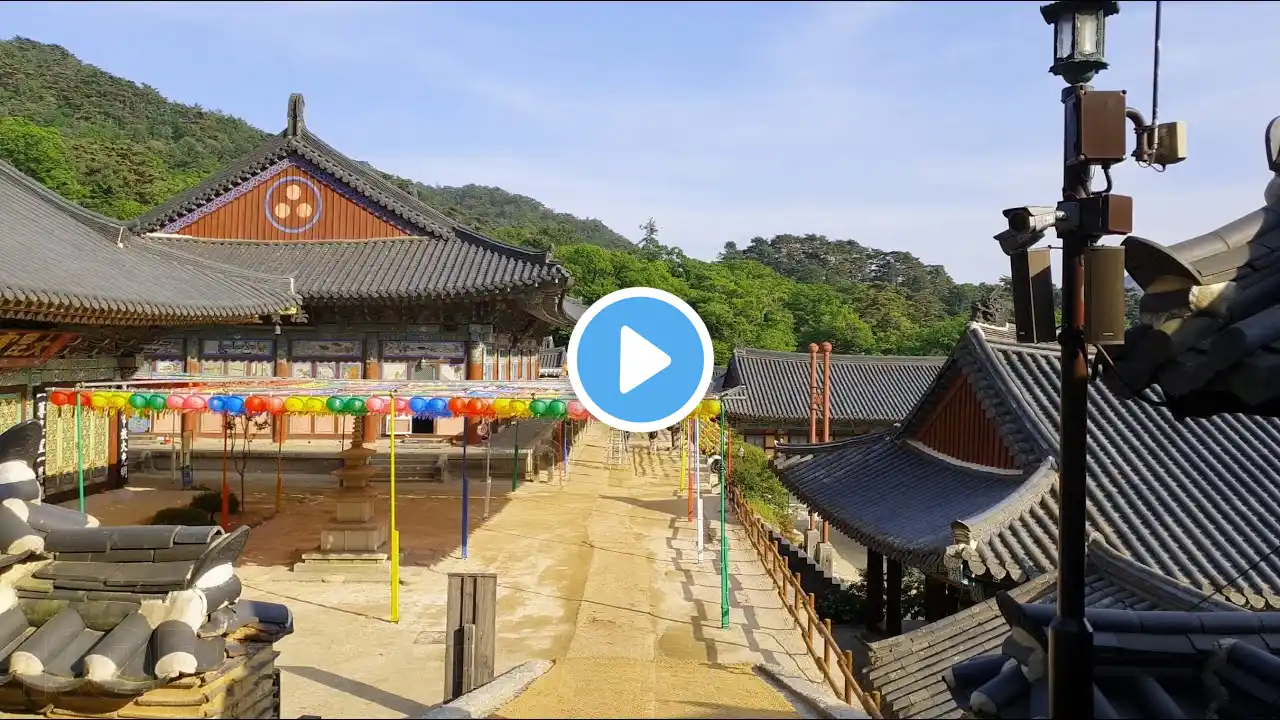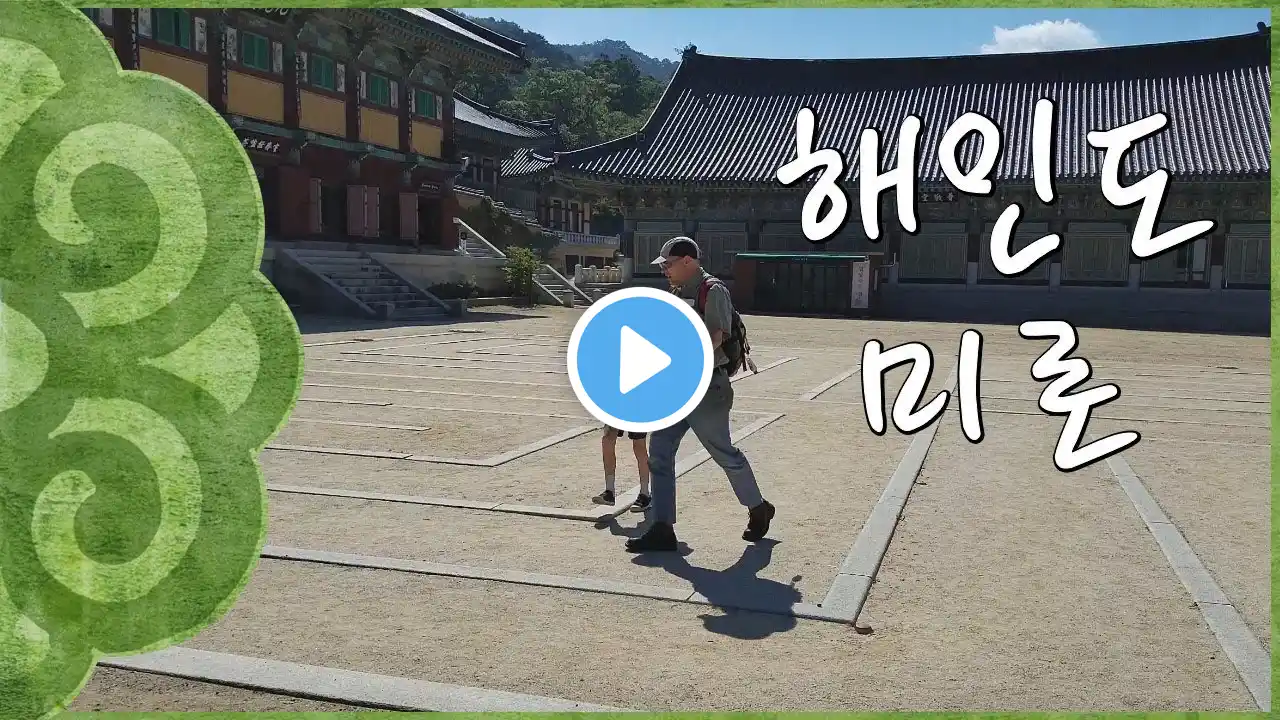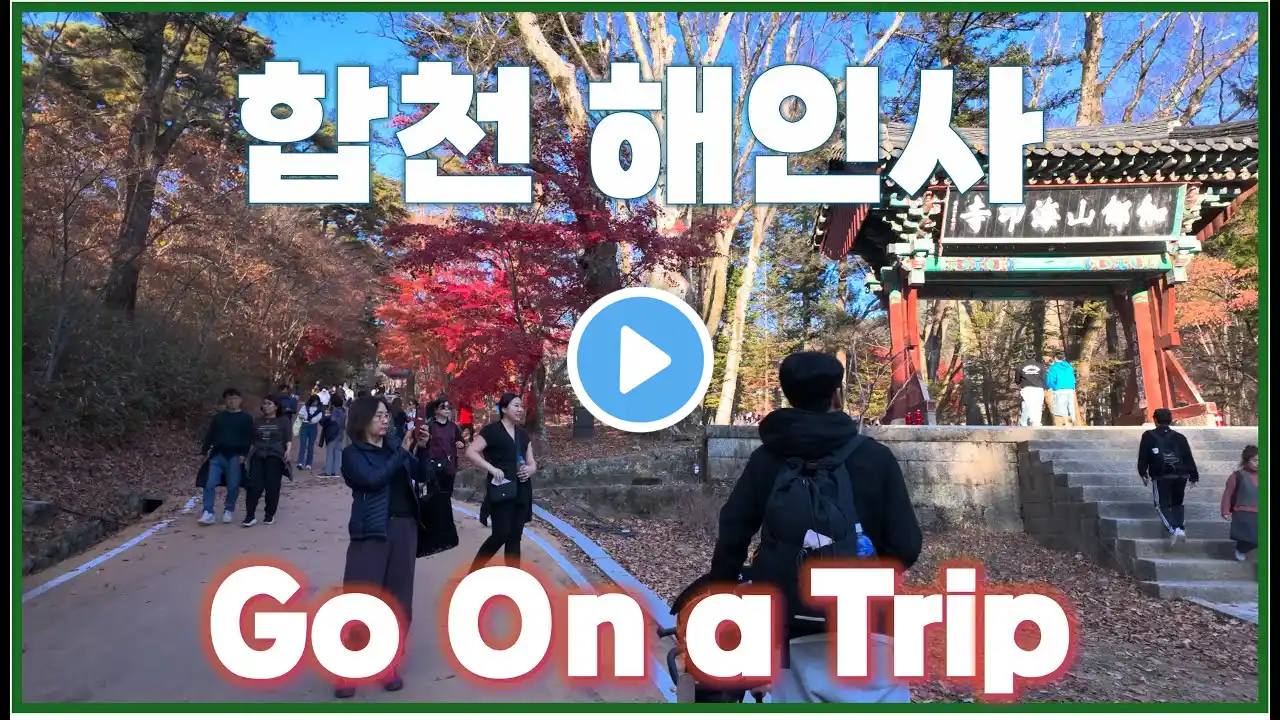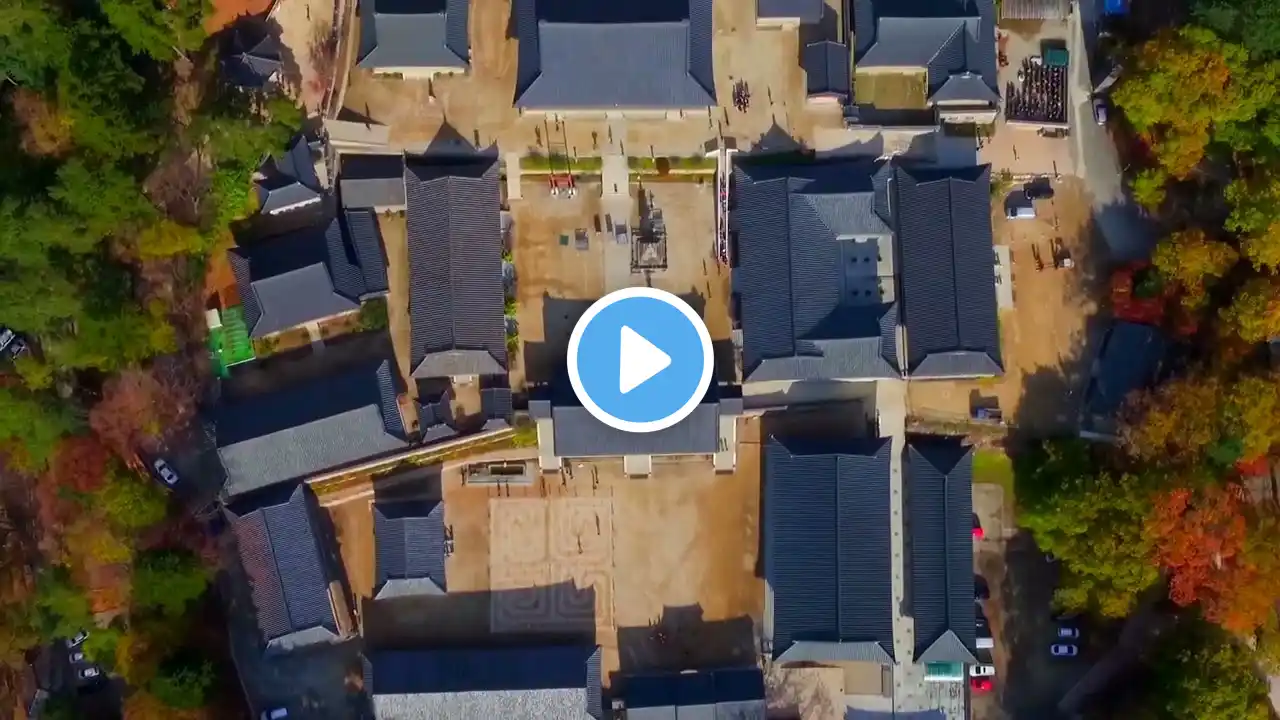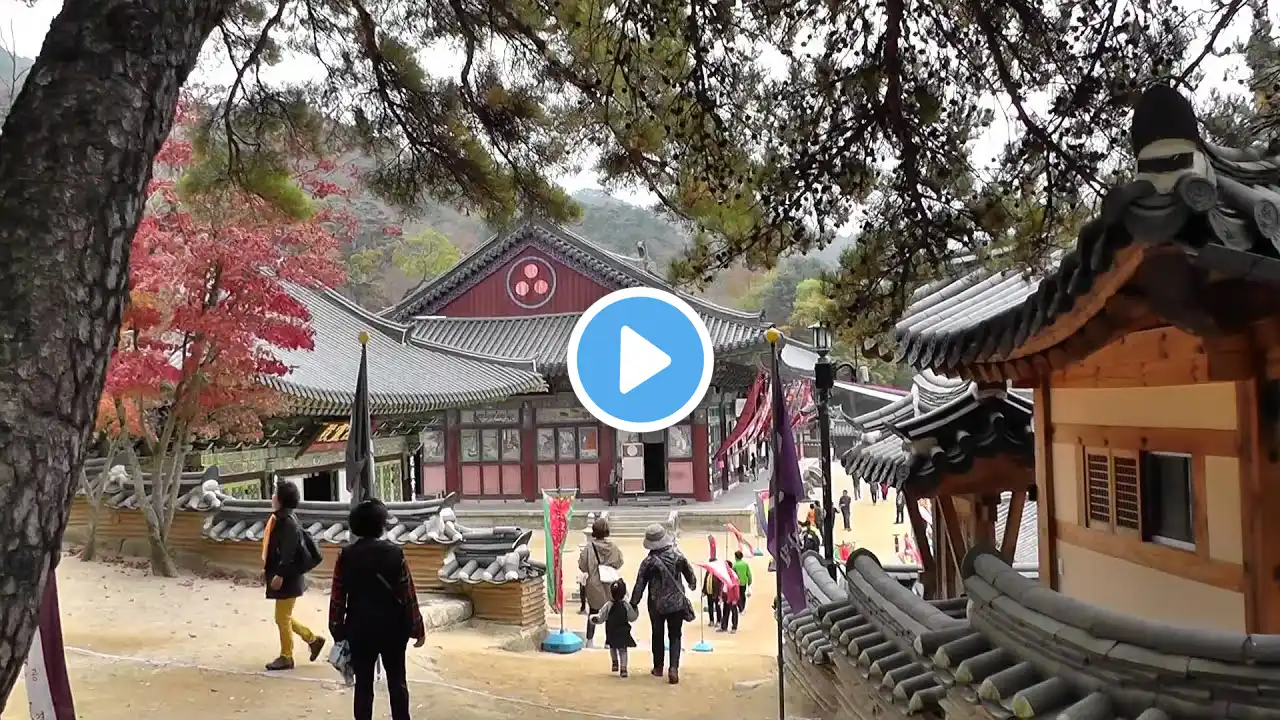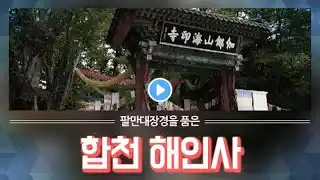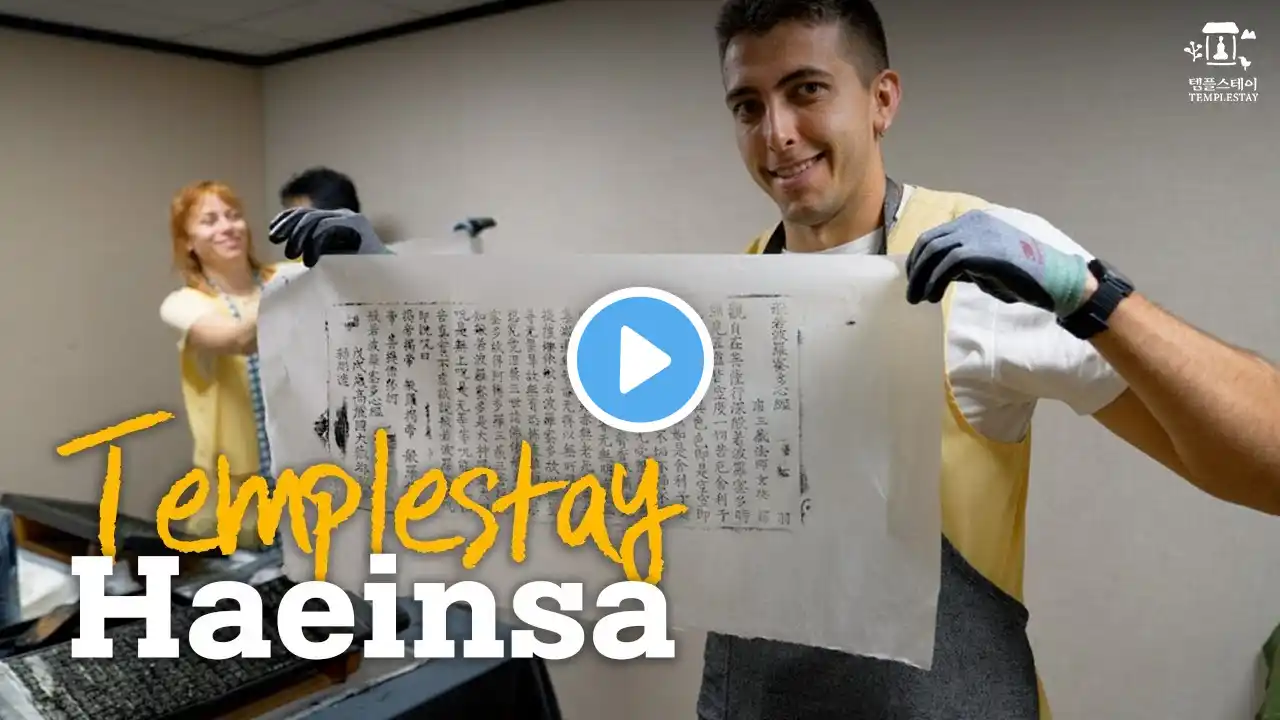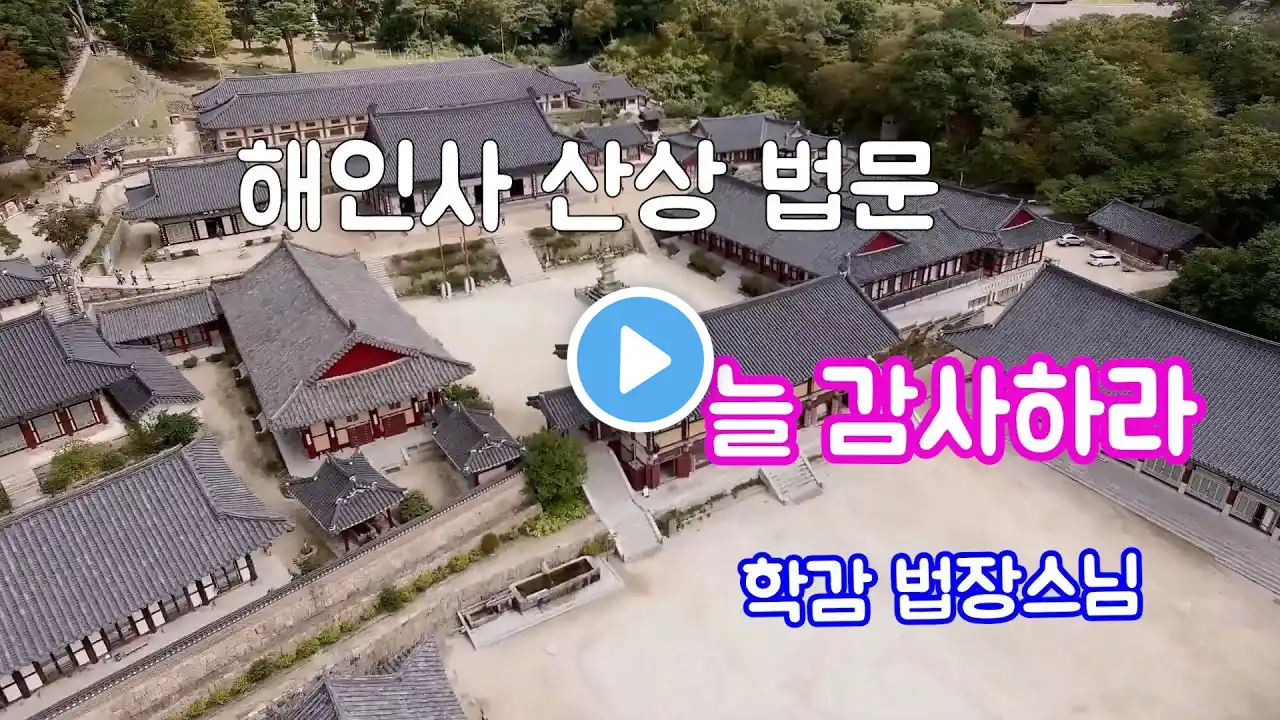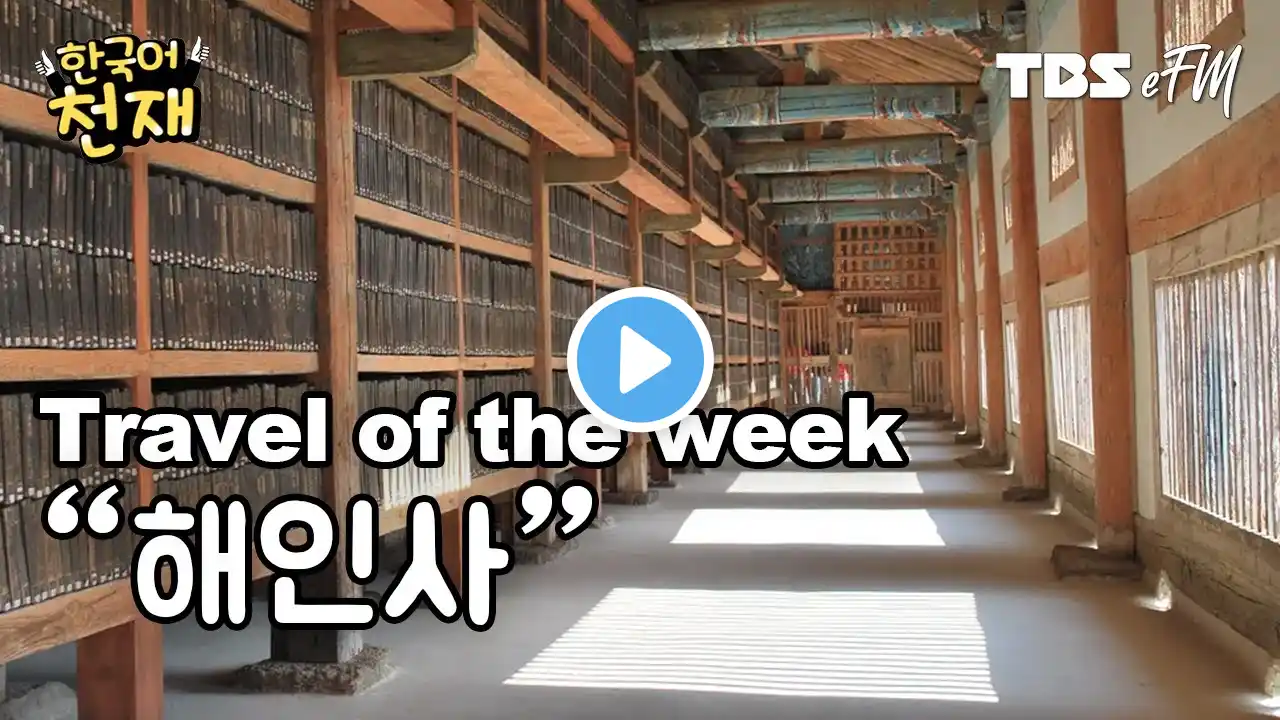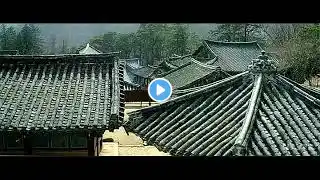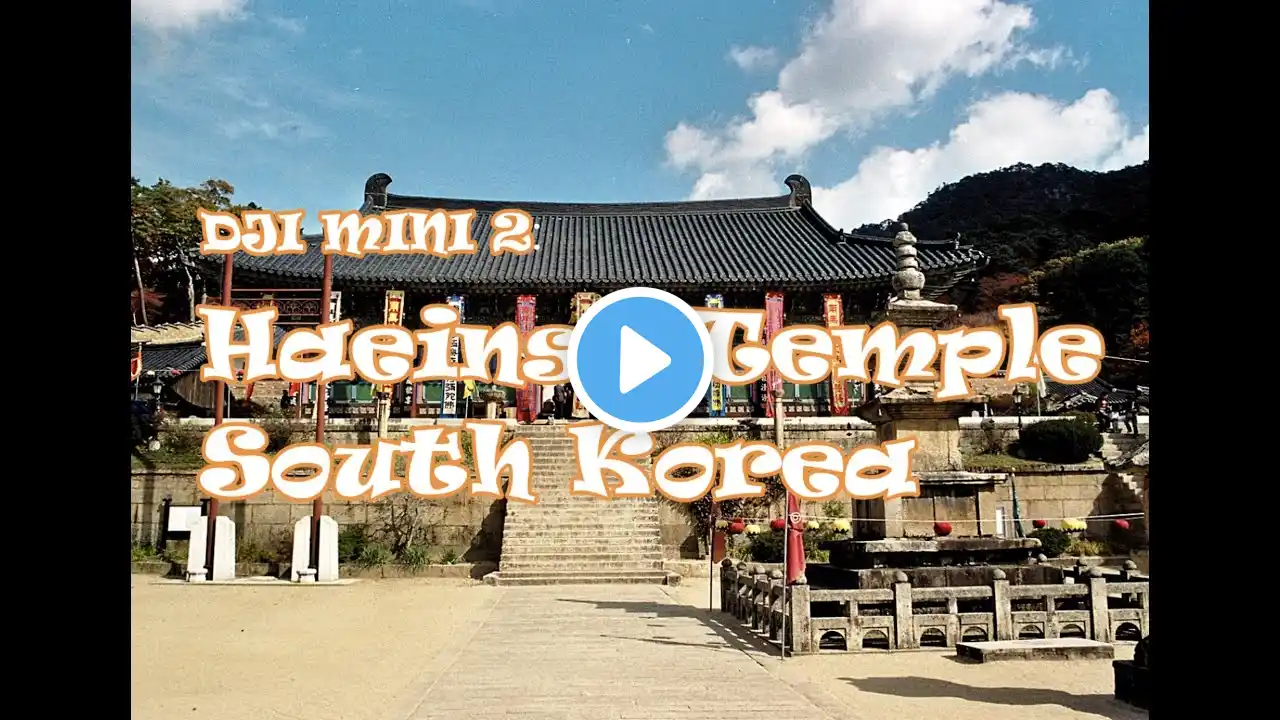
Haeinsa Temple Hapcheon - 해인사
Haeinsa (해인사, 海印寺: Temple of the Ocean Mudra) is a head temple of the Jogye Order (대한불교조계종, 大韓佛敎 曹溪宗) of Korean Seon Buddhism in Gayasan National Park (가야산, 伽倻山), South Gyeongsang Province, South Korea Haeinsa is most notable for being the home of the Tripitaka Koreana, the whole of the Buddhist Scriptures carved onto 81,350 wooden printing blocks, which it has housed since 1398 Haeinsa is one of the Three Jewels Temples, and represents Dharma or the Buddha’s teachings It is still an active Seon (선, 禪) practice center in modern times, and was the home temple of the influential Seon master Seongcheol (성철, 性徹), who died in 1993 The temple was first built in 802 Legend says that two Korean monks Suneung and Ijeong, returned from China and healed Aejang of Silla's wife of her illness In gratitude for Gautama Buddha's mercy, the king ordered the construction of the temple Another account, by Choe Chi-Won in 900 states that Suneung and his disciple Ijeong, gained the support of a queen dowager who converted to Buddhism and then helped to finance the construction of the temple The temple complex was renovated in the 10th century, 1488, 1622, and 1644 Huirang, the temple abbot enjoyed the patronage of Taejo of Goryeo during that king’s reign Haeinsa was burned down in a fire in 1817 and was rebuilt in 1818 Another renovation in 1964 uncovered a royal robe of Gwanghaegun of Joseon, who was responsible for the 1622 renovation, and an inscription on a ridge beam The main hall, Daejeokkwangjeon (대적광전, 大寂光殿: Hall of Great Silence and Light), is unusual because it is dedicated to Vairocana, whereas most other Korean temples house images of Gautama Buddha in their main halls The Temple of Haeinsa and the Depositories for the Tripiṭaka Koreana Woodblocks were made a UNESCO World Heritage Site in 1995 The UNESCO committee noted that the buildings housing the Tripiṭaka Koreana are unique because no other historical structure was specifically dedicated to the preservation of artifacts and the techniques used were particularly ingenious The temple also holds several official treasures including a realistic wooden carving of a monk and interesting Buddhist paintings, stone pagodas, and lanterns After independence, when the Korean War broke out, Haeinsa encountered a crisis In September 1951, after the Battle of Inchon, South Korea turned the war around but then North Korea did not retreat so the remnants of one thousand North Korean soldiers around Haeinsa engaged in guerrilla warfare UN forces were ordered to bomb Haeinsa with four bombers
